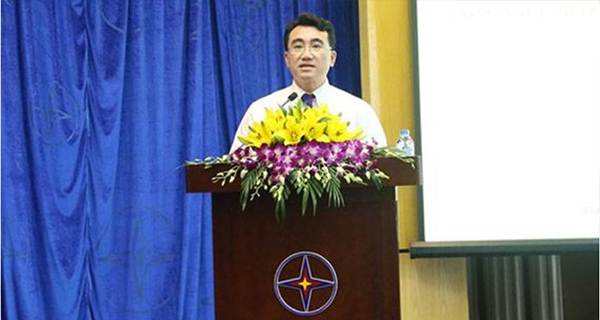Windpower and Solarpower are not only the world’s trend but it is also the future of Vietnam's power industry.

At the international conference about new technologies of power sources, electricity grids, renewable energy and energy storage systems, the experts from Vietnam and South Korea presented many numbers showing windpower, solarpower and biomass power are the world’s inevitable trend.
According to the forecast of Mr. Dang Huy Cuong, the total demand is estimated at 60,000 MW in 2020, and at 129,000 MW by 2050. At the present, Vietnam has almost exploited all the hydropower resources. Coal source used for producing thermal power has already imported from overseas. Oil-fired heaters are showing its limitation in terms of environmental pollution and unstable prices.
In the midst of that context, Mr. Cuong emphasized the important role of renewable energy sources such as wind, solar, tidal, biomass, etc. These sources are safe for environment, and can deliver to the remote, inaccessible areas and islands.
In particular, Mr. Cuong said the strategic development of national energy with vision by 2050 was approved by Prime Minister of the Socialist Republic of Vietnam. There are some aims of combating against climate change, sustainable development and the emphasis on renewable energy sources focused.
According to Mr. Nguyen Van Vy, Deputy Chairman of the Vietnam Sustainable Energy Alliance (VSEA) organization, the trend of renewable energy development has been promoted by many countries in the world over the past years. By 2015, 23.7% of the world's energy will be produced from hydropower, wind, solar, biomass, etc. This figure has grown rapidly due to it was only 19.2% in 2014.
Mr. Vy forecasted that 43% of Vietnam's electricity output will come from renewable sources by 2050. The size of the population will achieve about 140 million in 2050, in the other words, there will be about 60 million Vietnamese using electricity from solar, wind, hydro, biomass.
Source: Theo Zing